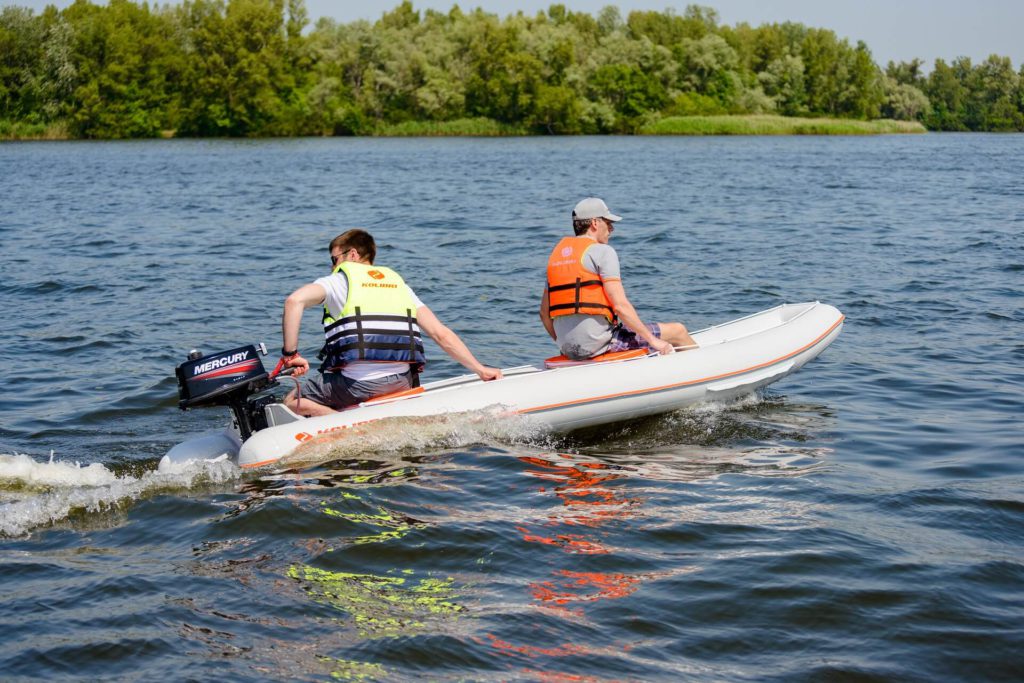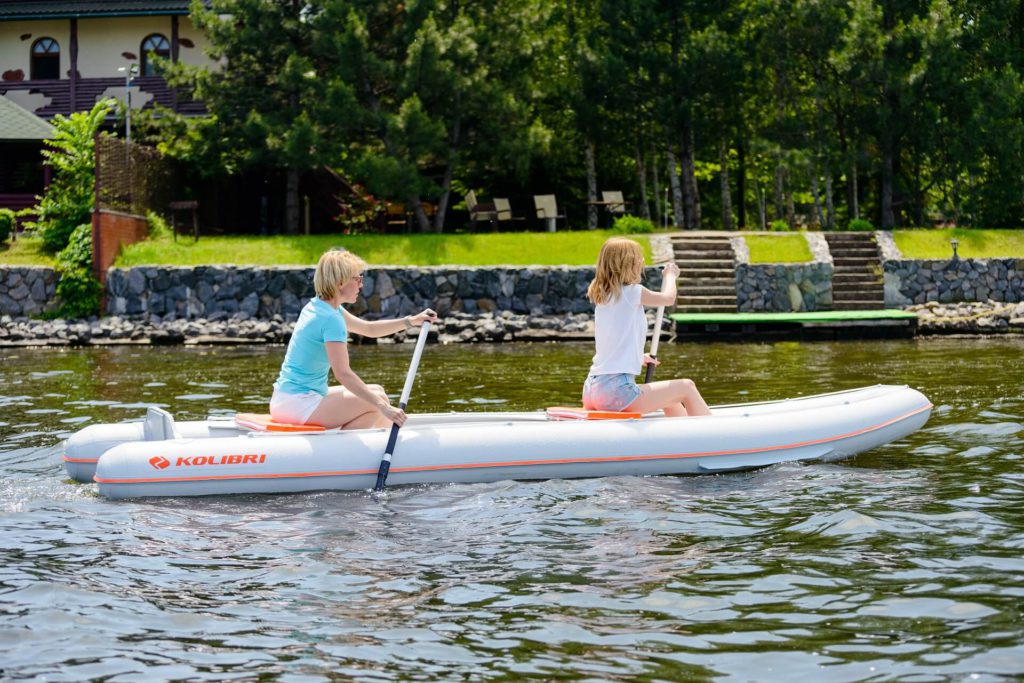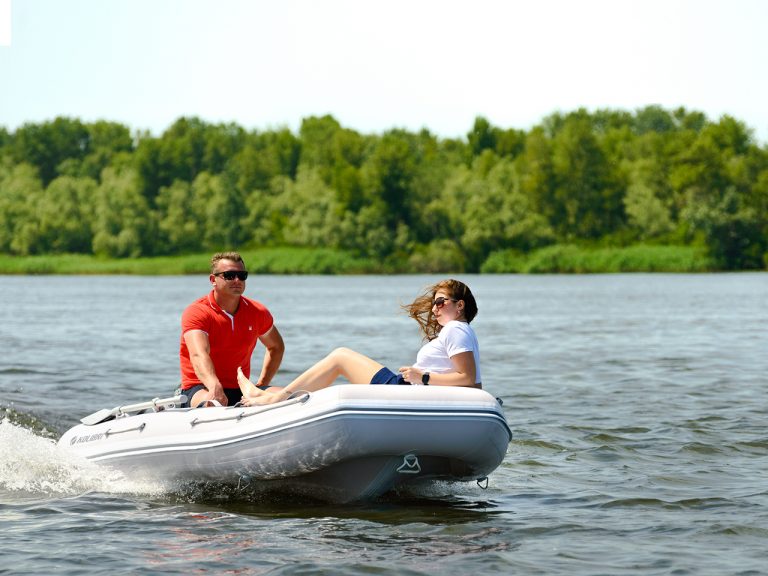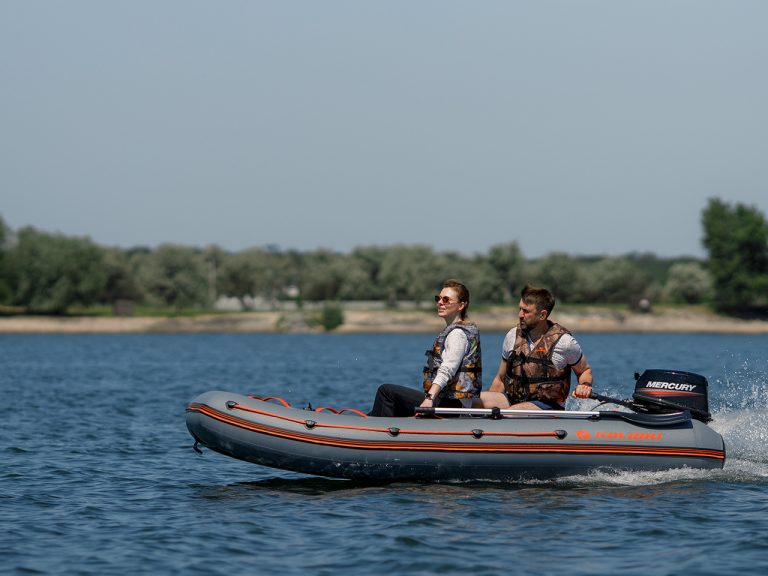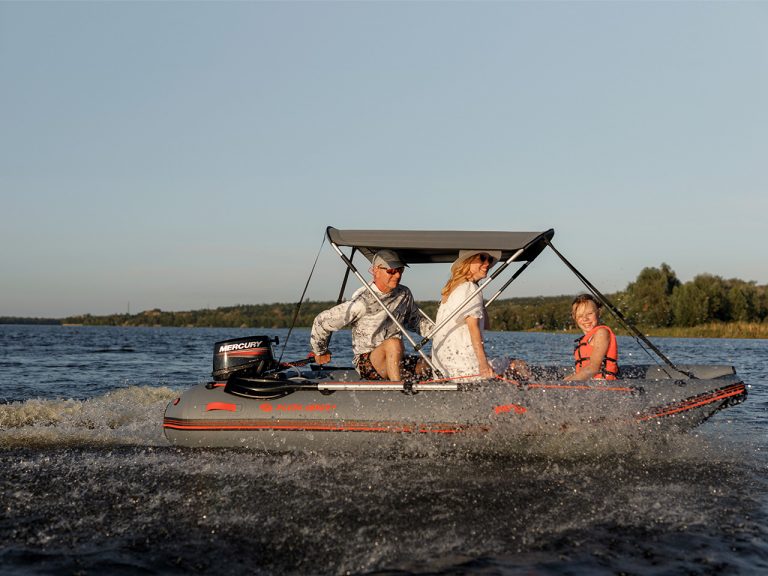Canoe vs Kayak — what’s the difference?
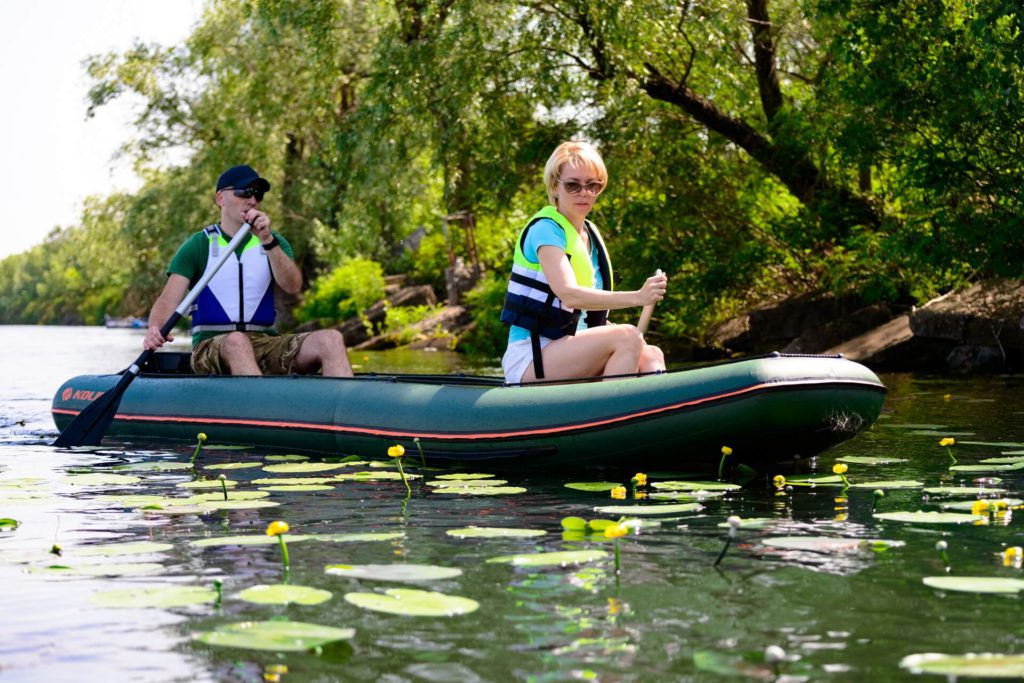
Canoes, like kayaks, appeared a long time ago — they were the first watercrafts of people, except for rafts.
Canoes were among the first man-made boats in America, Africa, Southeast Asia and Oceania. The word “canoe” comes from the Spanish “canoa”, which in turn comes from the Caribbean “ka-no-a”, which means “to sail on water”.
The idea of creating a canoe originated with people of the late Paleolithic (35-40 thousand years ago), probably when they saw a tree trunk floating on the water. With the advent of the first primitive tools and fire-making skills, people began to hollow out and burn out tree logs – to give an external shape to the first canoes. They had a spindle-shaped body. The rowing was performed by means of one single-bladed shovel-shaped oar without a rowlock.
Much later, skin-on-frame canoe covered with animal skins or tree bark appeared. Sailing canoes and canoes with an outrigger (balancer), resembling modern catamarans, also appeared in Oceania. They played a key role in the colonization of the Pacific region islands.
People in Europe also made canoes, for example, scientists discovered, that in Denmark, people used dugout canoes with oars in the period of Ertebelle culture (about 5300-3950 BC). Zaporozhian Cossacks used to make so-called “oaks” – canoes made from solid tree trunks, which they used to sail through the Dnipro Rapids.
The first factory that produced canoes industrially was established in Quebec, Canada in 1750. Sometimes all modern canoes built in a non-traditional way are called “Canadian” ones.
Kayak also has a long history. A kayak is a narrow and long hunting boat originally used by the peoples of the North (Eskimos, Aleuts, Chukchi, Inuit, etc.), up to six meters long, used to chase a sea beast. To set the kayak in motion, a paddle with two blades at each end was used. The use of such a double-sided paddle is a key difference between kayaks and canoes.
The frame of the kayak was made of thin wooden or bone slats and covered with the skin of walruses or seals; on top of it there was a hatch for the hunter. A person was sitting inside the hull of the kayak, below the water level, which made this boat more stable.
The cold waters of the northern seas and rivers, where kayaks were used, were the reason to use a special “skirt” – a rim around the passenger, which gives some protection from flooding the cockpit with water. The kayak was dangerous when tipping over — sitting deep in its hull, it was difficult for a person to quickly leave the boat. People invented a special technique for such case – a “kayak roll” – a roll of a capsized kayak with a passenger by use of a special paddle motion. For this and other reasons, kayak was a purely one-person, ”individual” hunting light watercraft.
Canoe and kayak: what do they have in common
Modern canoes and kayaks are propelled by means of an oar, and by a sail in some cases as well. There are both one- and multi-person models of canoes and kayaks. Both types of boats are used for water hiking, water sports, fishing, hunting. There are skin-on-frame, plastic, metal, inflatable canoes and kayaks. Both canoes and kayaks, as a rule, do not have a keel, although they can be equipped with special stabilizers.
There are kayaks that structurally resemble canoes — these are sit-on-top kayaks, where the passenger is not inside the hull, but on top of the kayak hull, i.e. above the water level.
What is the difference between a canoe and a kayak?
The main difference between a kayak and a canoe is the paddle. The paddle of a canoe has one shovel-shaped blade, it is alternately lowered into the water for rowing on both sides of the watercraft hull. The kayak paddle has two blades at opposite ends.
Also among the differences we can distinguish the following:
- The openness of a canoe. Canoe resembles a traditional rowing boat. In a kayak, the passenger sits inside the hull (in the cockpit) below the water level, on a seat with a backrest, and in a canoe he sits in an open hull on a seat or on a special seat with a backrest. In classical canoes, the passenger stands on the bottom on one knee while rowing. Thus, a canoe is a more “summerish” watercraft.
- An inflatable canoe has increased ability to keep afloat due to four sealed chambers. . While a hard plastic kayak ensures ability to keep afloat due to the sealed chambers inside the hull and a “skirt” around the passenger in the cockpit. Let’s recall the “kayak roll”.
- Canoes usually have a much larger load capacity, but less stability in bad weather, because the center of gravity of a canoe with a paddler is higher (above water level), and in a sit-in kayak, the center of gravity is lower — under water. At the same time, sit-on-top kayaks have a high center of gravity.
- Canoes often have a hull that is the same on both sides, due to which you can sail in both directions — all you need to do is to simply turn around and row in the opposite direction. Motor canoes with a transom are an exception. Kayaks always have a hull that allows you to move in only one direction.
- The width of the canoe is also larger than that of kayaks and paddle boat.
- Canoes are usually dismountable, inflatable models of canoes are very similar to inflatable rowing or motor boats, which can fit in the trunk of a car when folded. There are also rigid classic sports canoes made in the form of skin-on-frame models, or the ones that have a solid aluminum, wooden or plastic hull. Kayaks can also be dismountable (frame kayaks with a simple shell, or frame kayaks with inflatable balloons inside the shell) and rigid – they are cast from plastic.
- In the matter of size, a canoe can be either one-person or very large – combat canoes reached 30 meters in length, whereas kayaks, as a rule, are one- or two-person.
What to choose — a canoe or a kayak
Of course, before making any choice, you need to decide what exactly you need your watercraft for. Both types of these light boats are great for recreation, travel, extreme sports, fishing or hunting.
Canoe
Modern inflatable canoes with a transom have a much larger carrying and passenger capacity than a kayak, and if you use an outboard motor, the speed of a canoe is simply not comparable to the speed of kayaks.
Inflatable canoes with a motor mount are compact in transportation and storage, they are not inferior to conventional inflatable rowing or motor boats, and in some aspects they surpass them in driving performance. They are great for long-distance crossings on open water.
Sports models of classic canoes have a one-piece, undismountable open symmetrical hull, while rowing, the passenger either sits on a seat or stands on one knee on the bottom. A bi-directional symmetrical hull makes it possible to move in both directions without turning the boat.
Kayak
A kayak has lots of functions for extreme, rafting on rough rivers (models with a sit-in cockpit), where the center of gravity is located lower, a rim around the cockpit protects the passenger from splashing and flooding. Sit-on-top models, where the passenger is above the water level, are convenient for fishing and water walks.
Kayaks are good to be used in the cold season, as they are enclosed (sit-In models). Kayaks are maneuverable in rowing due to a paddle with two blades. Kayaks can be with a dismountable frame, inflatable or solid plastic – this affects their compactness in transportation and storage in different ways, as well as their driving performance. Usually you cannot install a motor on a kayak. Kayaks can be one- and two-person, with an internal passenger arrangement in the cockpit (sit-in models) or when the passenger sits on top of the kayak hull (sit-on-top models).
Thus, considering all of the above, you will choose a boat for outdoor activities on the water much easier. And whether it’s a canoe or a kayak is up to you.


